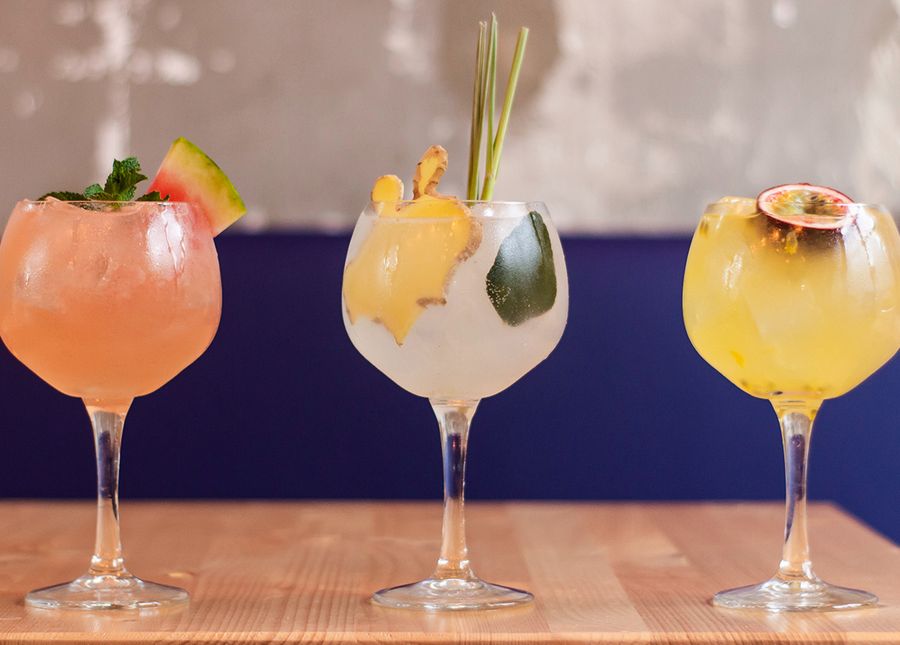Enter Geelong's National Wool Museum and wind your way up the ramp to be transported back in time. Not only does the museum tell the story of the Australian wool industry, it also provides visitors with a chance to experience home life as it was in the 1930s-1950s.
The museum is home to Reminiscence Cottage, a multisensory and immersive space created in 2014. Visitors are allowed to enter the replica cottage and take a look around at what life was like for families earlier last century.
Unlike most other museum exhibits, visitors are encouraged to touch the artefacts, while using their sight, sound and smell senses as well. There are photos and paintings to look at, books to flick through, music to listen to, soaps and herbs to smell, and blankets and furnishings to touch.
The cottage was specifically designed for people with dementia and their families as part of what is known as 'reminiscence therapy'. It's believed that this type of remembering can spark a reminder of positive past feelings of self-esteem for the person. For the person with dementia's family member or carer, they can be reminded of a time when their loved one did not have dementia.
"We wanted a space that would specifically engage an audience living with dementia, while also improving the experience for all our visitors," explains Marie Allaman, Learning and Programs Officer from the National Wool Museum.
"Part of breaking down stigma around dementia is creating an environment where you have a choice of ways to interact physically - knitting, reading, picking up objects, listening to the radio," she says.
"There are multiple ways to access memories and to share connections that do not necessarily require direct speech. The visitors, anyone, can use the space as you would your own home and at your own pace."

Alzheimer's Australia were involved in the process of creating the cottage, as were community members, those in the disability and aged care sectors, and churches. Once the cottage was built, it of course needed to be furnished with authentic artefacts, to transform it from a house to a home.
"Everyday objects were sourced that connected to personal memories that would take a person back to a time when they were at their most vital (such as to their marriage, early work years, childhood)," says Marie.
"The objects - little medicine bottles, cookbooks, utensils, knick-knacks, etc - help other people engage with a part of this person's identity, and create an open, interactive space that provided many avenues to communication."
Fitting out the cottage was a community-wide effort, with museum staff and volunteers donating items themselves as well as organising a community collection. "Anonymous donations come in regularly from community members who are excited to hear that they will be handled and loved, and literally find a new home," says Marie. "Some donors come back to visit their item on display."
Geelong has the highest estimated prevalence of dementia cases in Victoria, and many of the donors have personal experiences with dementia. Yet all can enjoy this space, as the cottage is open to everyone.
"The act of reminiscing is familiar to us all - it gives order to our experiences, it is an emotional experience, and it is often a shared experience," says Marie.
The museum is open
Monday to Friday 9:30am to 5:00pm
Saturday to Sunday 10:00am to 5:00pm
and closed Christmas Day, Boxing Day and Good Friday
If you or someone you love is experiencing Dementia or you would like to learn more, here are some helpful links



